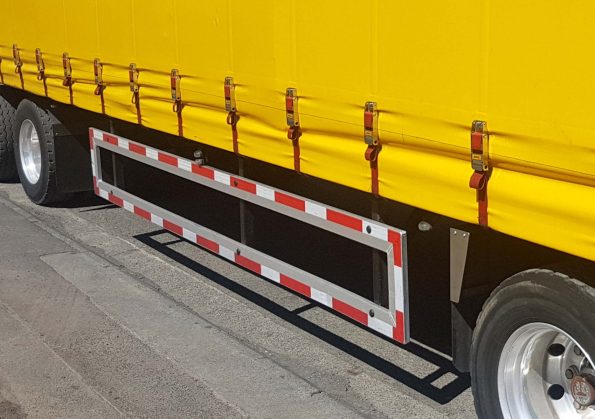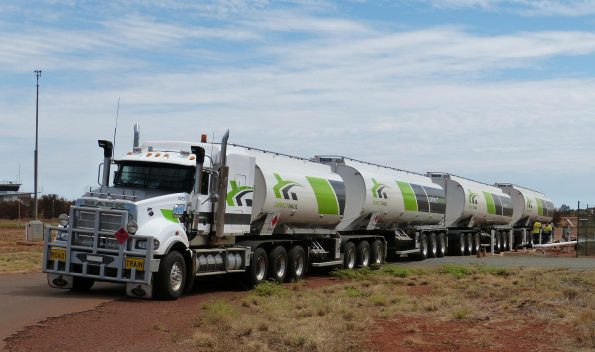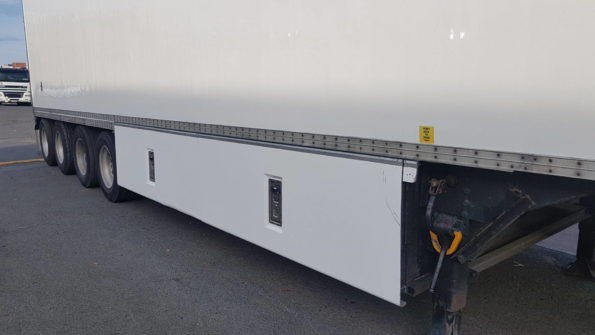If you see bars down the side of a truck or trailer between the axles, this is side underrun protection and it’s designed to stop cyclists, motorcyclists, low vehicles and other road users falling, sliding or driving underneath the truck or trailer and being run over by the rear wheels.
A common accident involving a truck is the truck driver accidentally cutting off a cyclist who is in their blind spot. The cyclist falls under the rear wheels and is run over, something that’s frequently fatal. With the protective bars, they help prevent cyclists from falling under the vehicle.

Another scenario is a pedestrian that trips and falls against the vehicle, or a motorcyclist that loses balance, or a car that slides under the trailer.
It can also increase the aerodynamic efficiency of a truck or trailer (especially if the underrun protection device is a fairly solid panel), and it can provide a means to detect or prevent potential damaging situations, for example, where a roadside obstacle might be pushed out of the way of the rear wheels by the relatively inexpensive barrier, as opposed to damaging tyres and suspension components. Underrun protection costs around $1000, which is minimal compared to the potential disruption and cost of damaging a wheel and suspension.
A cost-benefit analysis of underrun protection can be found here. It states that crashes involving a truck without underrun are difficult for a vehicle’s crumple zones to mitigate because the impact point is often the bonnet or the A pillars which don’t have the structural rigidity of the engine block and bigger crumple zones.
In some countries, side underrun protection devices are called lateral protection devices. They are mandatory in Europe and must conform to UN ECER73 which outlines their minimum dimensions and installation practices.
The toolbox, fuel tanks and other devices can form part of the underrun protection, as shown below.


